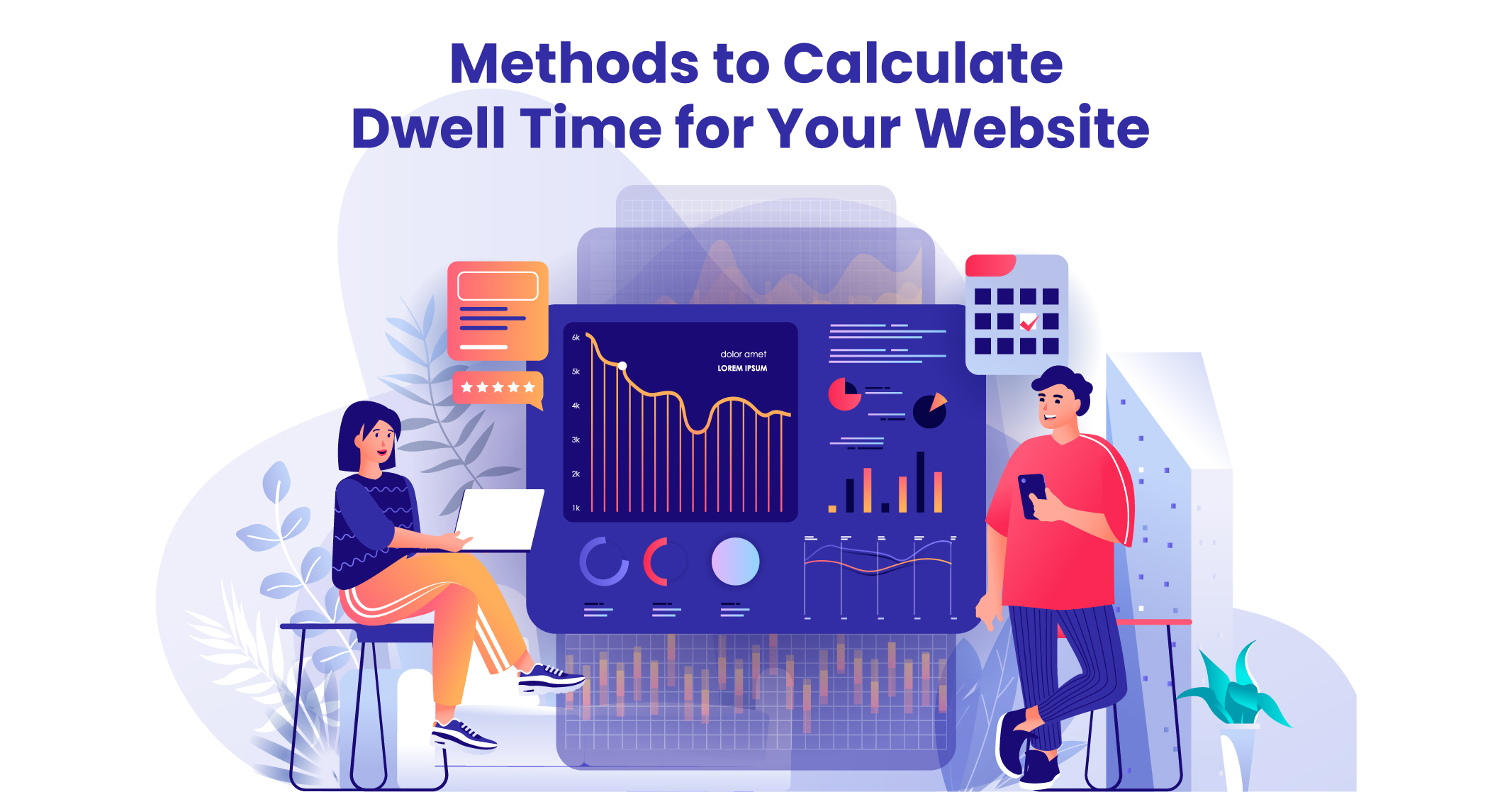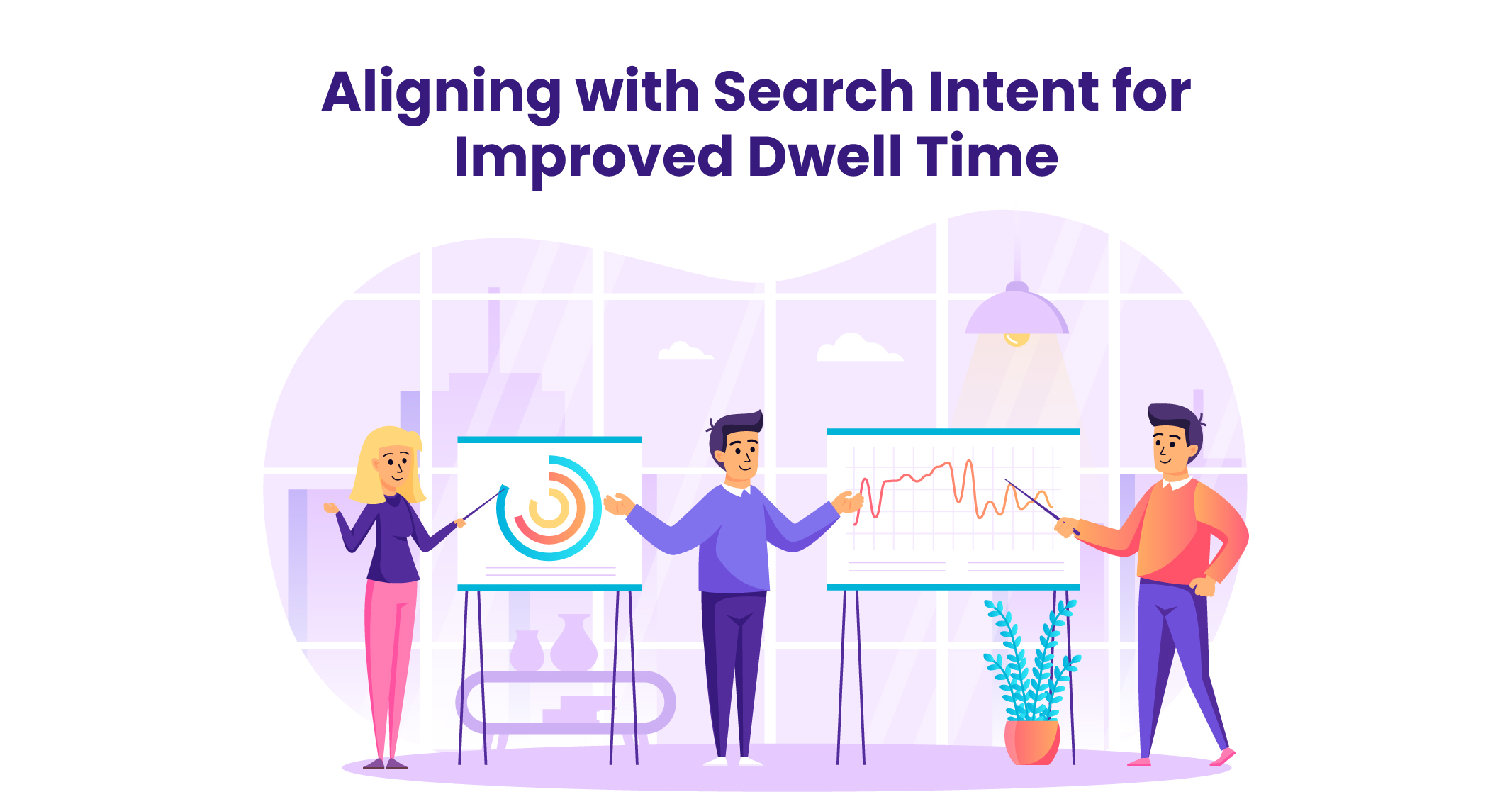I hope you enjoy reading this blog post.
If you want to get more traffic, Contact Us

Click Here - Free 30-Minute Strategy Session
Be quick! FREE spots are almost gone for this Month. Free Quote

Dwell time, the amount of time a user spends on a webpage after clicking on a search result before returning to the search engine results page (SERP), is a crucial metric in SEO. It’s essentially a measurement of how long a user “dwells” on a page, starting from the time they click on a search result until they navigate away from the page.
To illustrate this, let’s say you’re searching for a “homemade pesto recipe.” You click on the first organic result, but the article is cluttered with ads and an extensive personal backstory before the recipe. After just 10 seconds, you return to the SERP, resulting in a 10-second dwell time.

Click Here – Free 30-Minute Strategy Session
Be quick! FREE spots are almost gone for this Month
In contrast, you visit another recipe article that’s easy to follow and helpful. You spend over five minutes on that page, resulting in a much higher dwell time.
While Google hasn’t confirmed dwell time in SEO as a ranking factor, it can help you measure user interest in your pages. That’s why it’s important to understand how dwell time affects SEO and how to calculate and improve it.
But dwell time isn’t the only metric to consider. Bounce rate, the percentage of users who navigate away from a website after only viewing one page, is also significant. A high bounce rate indicates that users may not find your content valuable or relevant.
Back in 2011, Bing was the first search engine to mention dwell time as “a signal we watch” to determine quality. However, for Google, the largest search engine, there’s no definitive proof that dwell time is a ranking factor.
Although some SEO experts believe that dwell time impacts rankings because Google has hinted at its potential impact on machine learning algorithms, Google’s Gary Illyes dismissed it as “generally made-up crap” during a 2019 Reddit AMA. He also said that “search is much simpler than people think.”
Interestingly, lower dwell time doesn’t necessarily indicate lower content quality or user dissatisfaction. In some cases, users may find the information they need at the top of the page and quickly return to the SERP, indicating that the page effectively addressed their search intent. This is precisely what Google wants to see happen.
So, while dwell time is unlikely to be a direct ranking factor, it can still offer valuable insights about your users. Longer dwell times could indicate that users find your content engaging, while consistently low dwell times may indicate underlying issues that are causing users to bounce from your pages.
In any case, optimizing for dwell time and bounce rate can help you enhance user engagement and ultimately improve your website’s SEO.
Dwell time is a distinct metric from bounce rate and time on page, yet some people use these terms interchangeably. It’s important to understand the difference between the metrics.
Bounce rate indicates when a user spends less than 10 seconds on a page and leaves without interacting with it. It measures sessions where the user did not engage with the webpage.
On the other hand, time on page measures how long a user stays on a page before navigating elsewhere. This metric is calculated based on two clicks—the click that brings the user to the webpage and the click that takes the user away from that page.
Dwell time, on the other hand, indicates how long a user spends on a page before returning to the search engine results page. It is a more specific metric as it focuses on the duration between clicking on a search result and returning to the SERP.
Therefore, although these metrics are all indicators of user engagement, they each measure different aspects of it. Understanding their distinctions can help you gain a better understanding of your website’s performance and user behaviour.

Calculating dwell time can provide valuable insights into how users engage with your website. There is nothing called a dwell time formulae.
Here are some methods to measure dwell time for your website:
In conclusion, measuring dwell time can provide valuable insights into user behaviour and engagement on your website. By using a combination of methods, you can get a more accurate picture of how users engage with your website and identify areas for improvement.
Learn More: The Complete Beginner’s Guide to Google Analytics
Boosting the amount of time users spend on your website is beneficial, regardless of whether you consider dwell time as a ranking factor or not. The following are some strategies you can employ to increase dwell time and retain visitors on your web pages for longer.

To keep visitors on your page, it’s important to understand what they’re looking for when they type a query into a search engine. This is known as search intent.
Here are some key points to remember:
Learn More: Importance of Keyword Research
One might think that adding more content to a page will automatically increase dwell time. However, it’s not just about quantity; quality plays a major role too. Low-quality content will not keep users engaged, and they will likely leave the page.
Creating high-quality content is critical if you want to keep your audience engaged and increase dwell time.
Here are some tips for creating comprehensive and high-quality content:
Learn More: Ultimate Guide to SEO Content Creation!
User engagement is a critical metric for measuring the success of your website. Google rewards pages that prioritize user experience, and there are several ways to improve it.
To increase user engagement metrics and analytics, you need to consider both on-page and technical SEO factors. On-page SEO factors such as SEO-friendly content are just as important as technical SEO factors such as page speed.
Here are some ways to create comprehensive and high-quality content that will improve your user engagement analytics and metrics:
Improving user engagement on your website will not only increase the dwell time but also enhance the overall user experience. For more information on technical SEO and how to improve website usability, read our comprehensive guide to technical SEO.

If you want to improve user engagement and increase dwell time on your webpage, you need to provide valuable content that goes beyond answering the user’s primary question. Here are some ways to do that:
Remember that the longer users stay on your page, the higher the chances of them becoming customers or taking the desired action. So, prioritize creating comprehensive and high-quality content that meets the user’s needs and keeps them engaged.
Learn More: Tips for Crafting an Effective Content Plan
In conclusion, increasing dwell time on your website is crucial for providing a better user experience and improving your search engine rankings. By following the tips we’ve outlined, you can make your website more engaging, informative, and enjoyable to use.
Remember, creating high-quality, valuable content is the foundation of increasing dwell time. But it’s not just about the content. You need to optimize your pages for user experience, technical SEO, and mobile friendliness, too.
If you’re struggling to improve your website’s user engagement metrics, consider reaching out to Traffic Radius. Our team of experienced SEO professionals can help you identify the areas that need improvement and implement strategies to elevate user engagement on your website.
Contact us today to learn more and take the first step towards a better-performing website!

LEAVE A REPLY